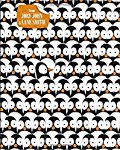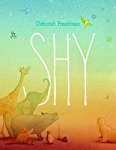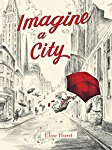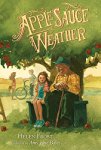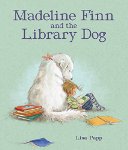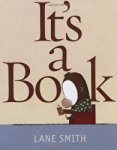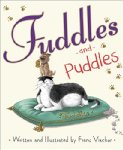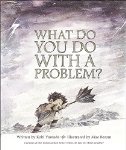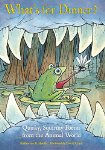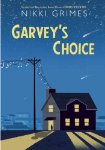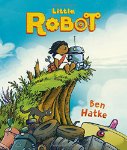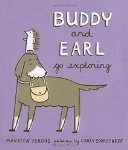One of the wonderful things about reading books that were written at different moments in time is they tend to reflect the culture and conventions of the era in which they were written. Stories and poems can give us a glimpse into the past and help us to get a picture of what life was like then.
In today's poetry title readers will find poems that were written long ago and not so long ago, and in each one the poet describes an object of some kind. Children and adults alike are going to enjoy exploring this book.
 The death of the hat: A Brief history of poetry in 50 objects
The death of the hat: A Brief history of poetry in 50 objects
In today's poetry title readers will find poems that were written long ago and not so long ago, and in each one the poet describes an object of some kind. Children and adults alike are going to enjoy exploring this book.
 The death of the hat: A Brief history of poetry in 50 objects
The death of the hat: A Brief history of poetry in 50 objects
Selected by Paul B. Janeczko
Illustrated by Chris Raschka
Poetry Picture Book
For ages 8 to 12
Candlewick Press, 2015, 978-0-7636-6963-8
For almost as long as humans have been writing, humans
have been creating poetry. Throughout history men and women all over the world
have been using poetry as a means to tell a story, describe something, capture
a moment in time, or expound on an idea or feeling that interests them. Like
music, art, and prose writing, poetry has evolved over the ages and when we
look at poems from different eras we can see the trends, conventions, and
fashions that were popular at that time.
In this very
unique poetry collection Paul Janeczko explores how poets, over the ages, have
described objects in their writings. The poems capture the flavor of the times
in which they were written, thus making it possible for readers to get a sense
of how styles and ways of expression changed over time.
We begin in the
early Middle Ages with a poem about a bookworm. The poem describes how a moth
ate a word. The poet feels that it is curious that such an insect could
“swallow the word of a man.” Like a “thief in the dark” it takes something
profound and is not “A whit the wiser” afterwards.
The Renaissance
brings us the words of William Shakespeare and we are given a speech from Romeo and Juliet. The excerpt is
Mercutio’s speech about Queen Mab, who is a tiny fairy. In a chariot made of an
empty hazelnut she travels across the faces of men while they sleep.
Shakespeare’s contemporary, Ben Jonson, offer us a poem about the sun, and we
read about how the sun breaks free of the bonds of winter, melting the ice on
streams, and encouraging trees to dress their nakedness with “crisped heads.”
In the romantic
period we find poems by Lord Byron, William Wordsworth, Lord Tennyson, and
Henry Wadsworth Longfellow. Here there are poems about the letter E, a mouse’s
nest, an eagle, and snow-flakes.
The Victorian
era brings us poems by Edgar Allen Poe, Walt Whitman and Emily Dickenson, among
others. We can see how these writings were influenced by the creations of
earlier centuries and then we can see how the writers of the modern period
(from 1900 to 1945) took a very different path. Poets tried new forms and
experimented with words. This experimentation, and the innovative path that
went with it, has continued to the present day.
What is
interesting about this book is that it can be enjoyed on many levels. Readers
can simply enjoy the poems, dipping into the book at random, or they can
explore the historical aspect of the collection.
An introduction
at the beginning of the book provides readers with further information about
the time periods that are mentioned in the text.
